David Roberts RA RBA (1796-1864) Jaffa signed and dated 'David Roberts, 1839' l.r., further inscribed 'Jaffa, March 26th 1839' c.l., pen and ink and watercolour heightened with white 24 x 34.5cm Provenance: With Walker Galleries Ltd, London, by 1933; with Leger Galleries, London, by December 1980. David Roberts was one of the earliest artists to travel to the Holy Land without military aid or private patronage. Having already found acclaim for his pictures of Spain and the Iberian peninsula, he sailed to Alexandria in 1838 with a huge ambition to record the Holy Land in a detailed way that had never been attempted by a European artist. He travelled down through Egypt and across the desert to Petra, arriving in Jerusalem at Easter 1839. From here, he continued on to the Lebanon, sailing home from Beirut after some eleven months of travel. The journey was intrepid in the extreme and at times fraught with danger from attack by locals and Bedouin tribes. During his travels, he sketched ruins, towns, landscapes and people in three sketchbooks and over 272 watercolours. The wealth of material – many of which places were largely unknown to Europeans - became the basis for 247 lithographs executed by Louis Haghe and published in three volumes: ‘The Holy Land’, alongside accompanying text by the Rev. George Croly. The enterprise was hugely ambitious, but ultimately the gamble paid off and was a great success. The lithographs went on to become some of the most popular images of the Middle East created in the 19th century, cementing David Roberts' fame and status as one of the foremost topographical artists of the Victorian age. Still, today, his works are much admired and collected. The present lot depicts Jaffa, north-west of Jerusalem. An ancient port city of Judea, Jaffa had by this time been the site of many battles, from the Romans, to the Crusades, where its position as the nearest port to the holy city made it a critical target for western advancement into the orient and in its pursuit of dominance over the Ottoman Empire. Most recently Napoleon had laid siege to the city in 1799, before it returned a few years later back into Ottoman control. Not only is Jaffa where Noah is said to have built the Ark, but also where Andromeda was chained to the rocks and Perseus is said to have bathed the wounds received in his battle with the centaurs. Roberts made several views of the city, two of which were converted into lithographs included in ‘The Holy Land’: ‘Jaffa Looking South’ and ‘Jaffa Looking North’. Our watercolour is taken from near the same viewpoint as ‘Jaffa Looking South’ (Fig.1). In the lithograph, the foreground is crowded with figures, seated or standing in groups conversing. In our version, taken slightly to the left and a little closer to the city, these figures are replaced by a camel train heading away from Jaffa and towards the viewer, a pleasing compositional device that draws the eye from the fore to mid-ground, leading into the city beyond. The work combines Roberts' masterful technique of depicting architectural detail, coupled with sweeping, less resolved areas of landscape that prevent it becoming too illustrative.
David Roberts RA RBA (1796-1864) Jaffa signed and dated 'David Roberts, 1839' l.r., further inscribed 'Jaffa, March 26th 1839' c.l., pen and ink and watercolour heightened with white 24 x 34.5cm Provenance: With Walker Galleries Ltd, London, by 1933; with Leger Galleries, London, by December 1980. David Roberts was one of the earliest artists to travel to the Holy Land without military aid or private patronage. Having already found acclaim for his pictures of Spain and the Iberian peninsula, he sailed to Alexandria in 1838 with a huge ambition to record the Holy Land in a detailed way that had never been attempted by a European artist. He travelled down through Egypt and across the desert to Petra, arriving in Jerusalem at Easter 1839. From here, he continued on to the Lebanon, sailing home from Beirut after some eleven months of travel. The journey was intrepid in the extreme and at times fraught with danger from attack by locals and Bedouin tribes. During his travels, he sketched ruins, towns, landscapes and people in three sketchbooks and over 272 watercolours. The wealth of material – many of which places were largely unknown to Europeans - became the basis for 247 lithographs executed by Louis Haghe and published in three volumes: ‘The Holy Land’, alongside accompanying text by the Rev. George Croly. The enterprise was hugely ambitious, but ultimately the gamble paid off and was a great success. The lithographs went on to become some of the most popular images of the Middle East created in the 19th century, cementing David Roberts' fame and status as one of the foremost topographical artists of the Victorian age. Still, today, his works are much admired and collected. The present lot depicts Jaffa, north-west of Jerusalem. An ancient port city of Judea, Jaffa had by this time been the site of many battles, from the Romans, to the Crusades, where its position as the nearest port to the holy city made it a critical target for western advancement into the orient and in its pursuit of dominance over the Ottoman Empire. Most recently Napoleon had laid siege to the city in 1799, before it returned a few years later back into Ottoman control. Not only is Jaffa where Noah is said to have built the Ark, but also where Andromeda was chained to the rocks and Perseus is said to have bathed the wounds received in his battle with the centaurs. Roberts made several views of the city, two of which were converted into lithographs included in ‘The Holy Land’: ‘Jaffa Looking South’ and ‘Jaffa Looking North’. Our watercolour is taken from near the same viewpoint as ‘Jaffa Looking South’ (Fig.1). In the lithograph, the foreground is crowded with figures, seated or standing in groups conversing. In our version, taken slightly to the left and a little closer to the city, these figures are replaced by a camel train heading away from Jaffa and towards the viewer, a pleasing compositional device that draws the eye from the fore to mid-ground, leading into the city beyond. The work combines Roberts' masterful technique of depicting architectural detail, coupled with sweeping, less resolved areas of landscape that prevent it becoming too illustrative.
.jpg)
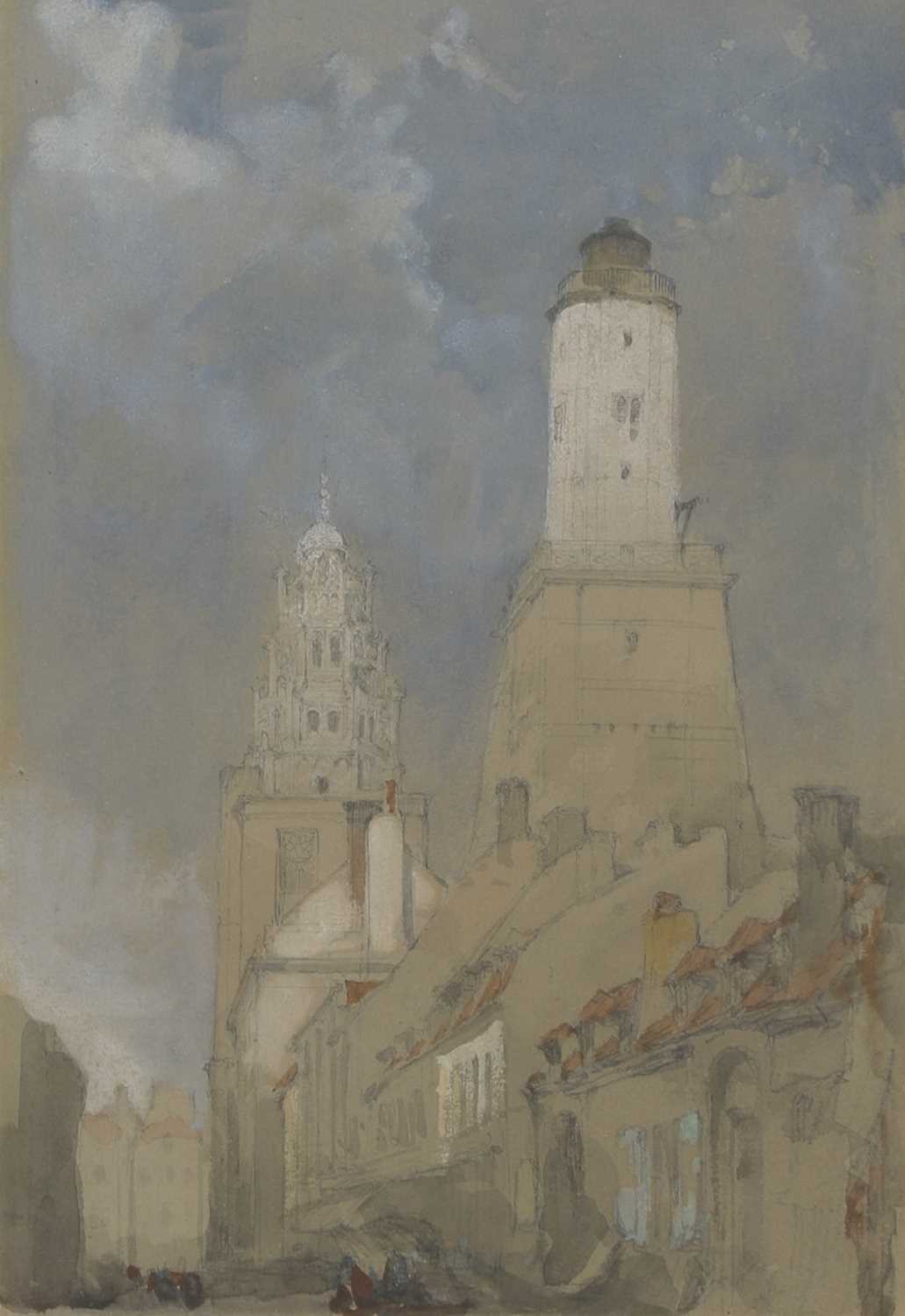



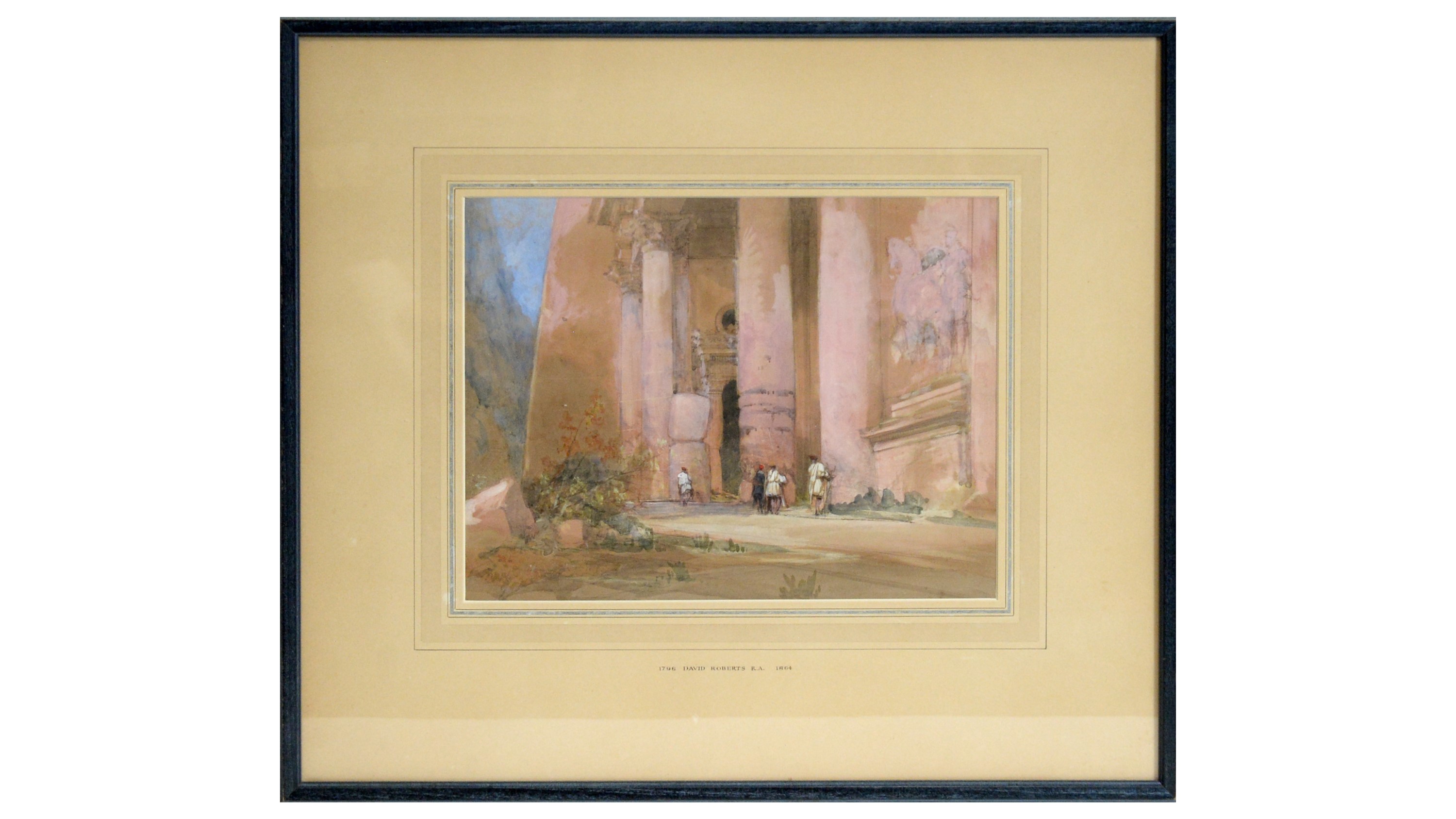

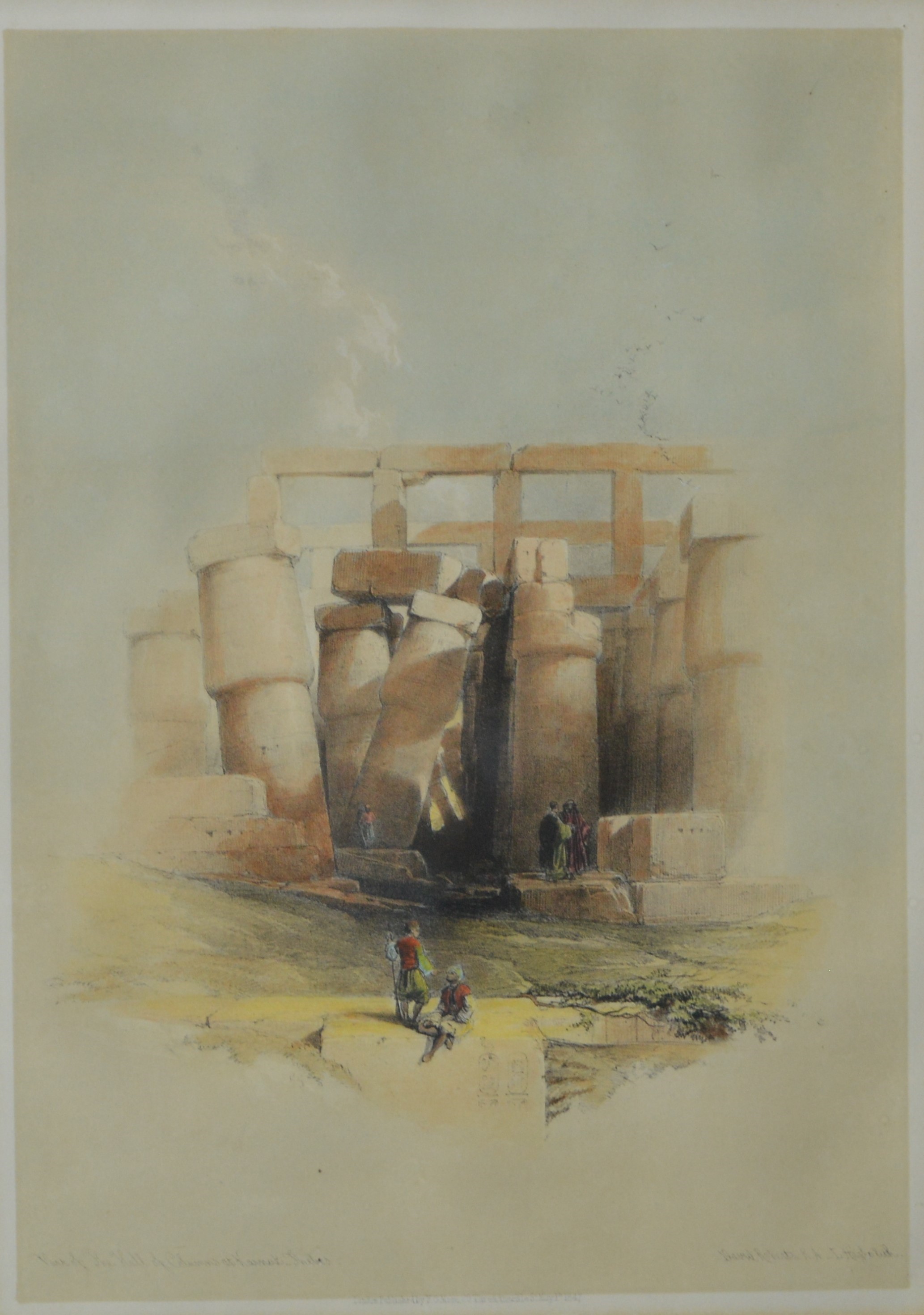

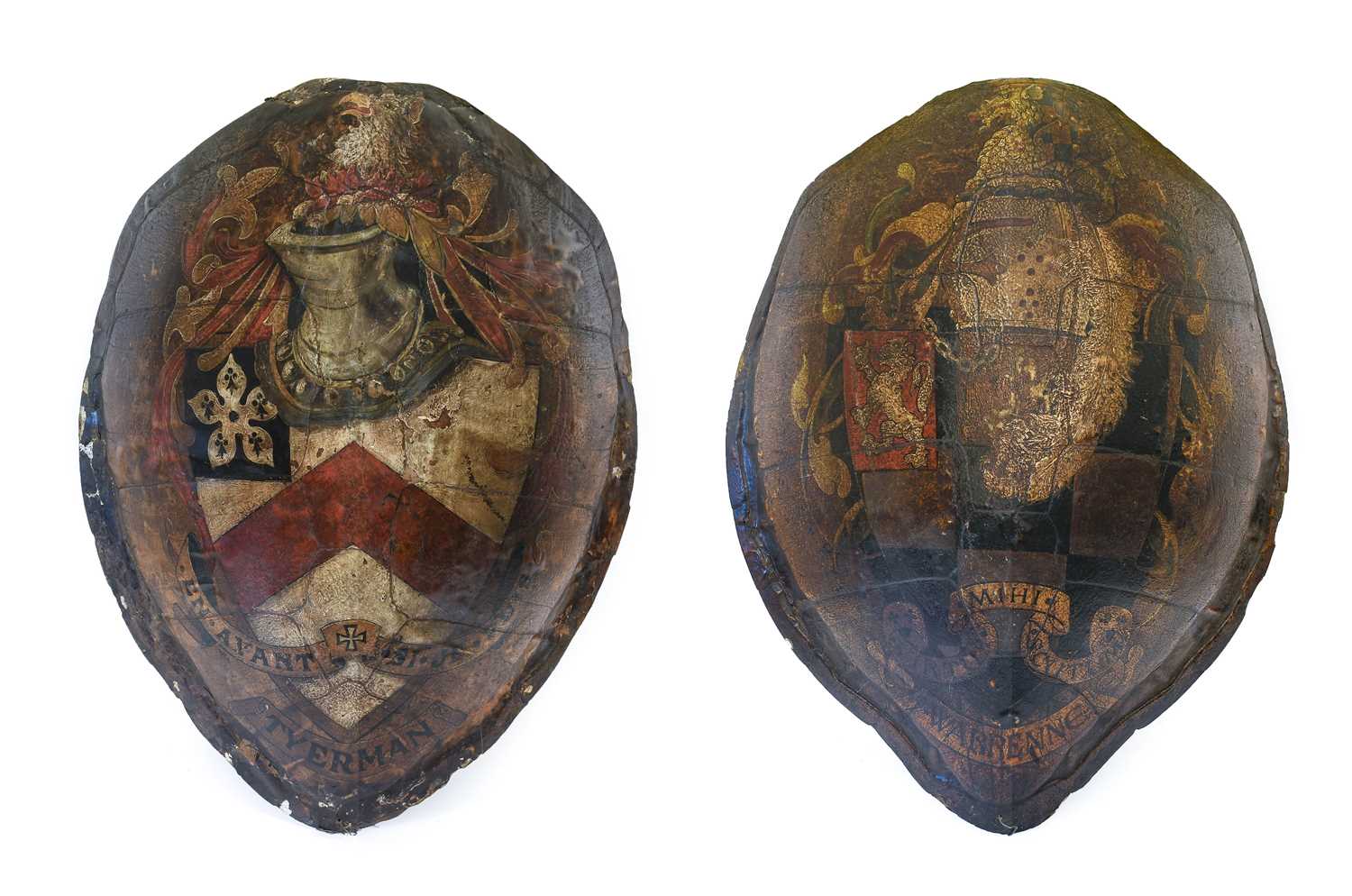
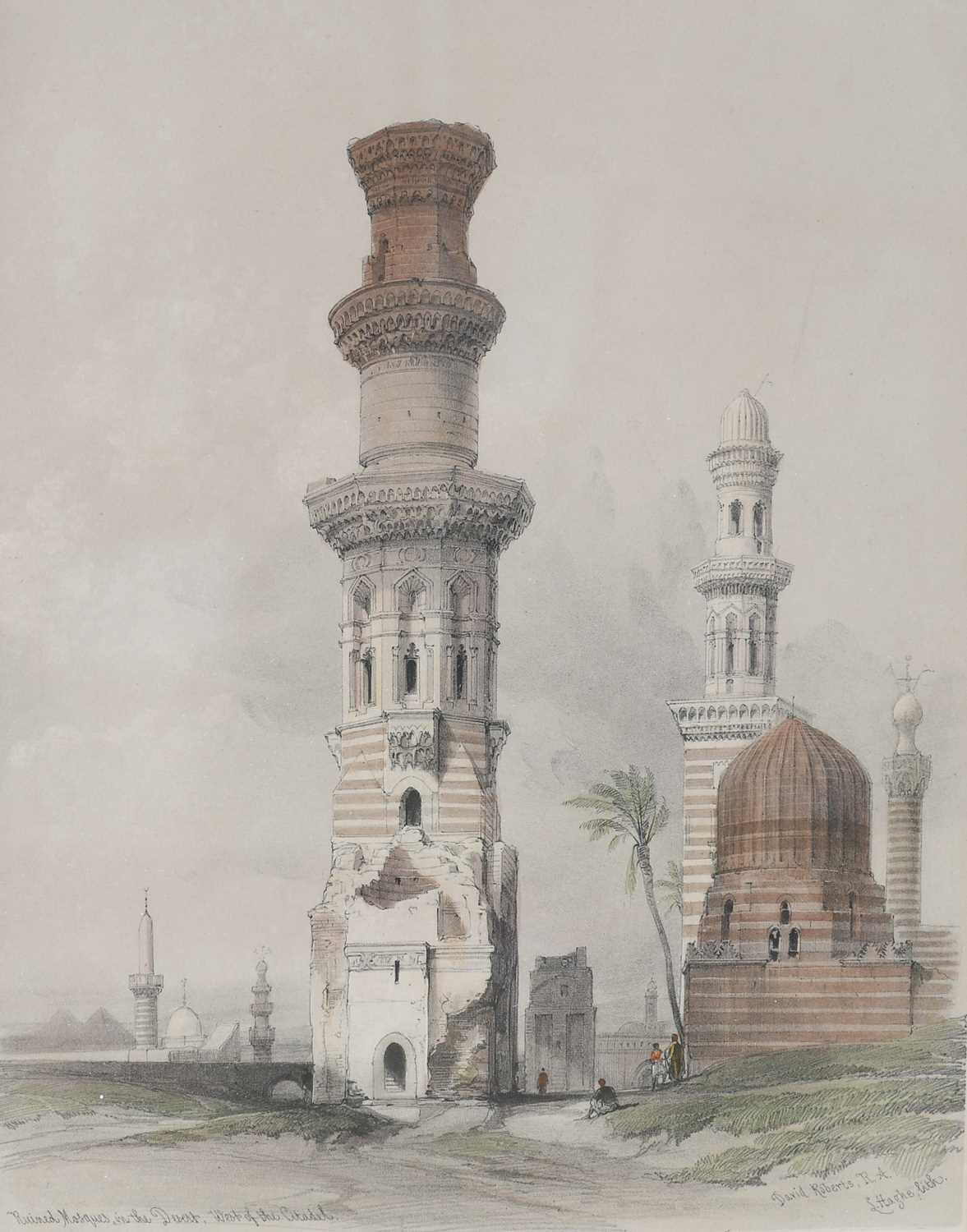
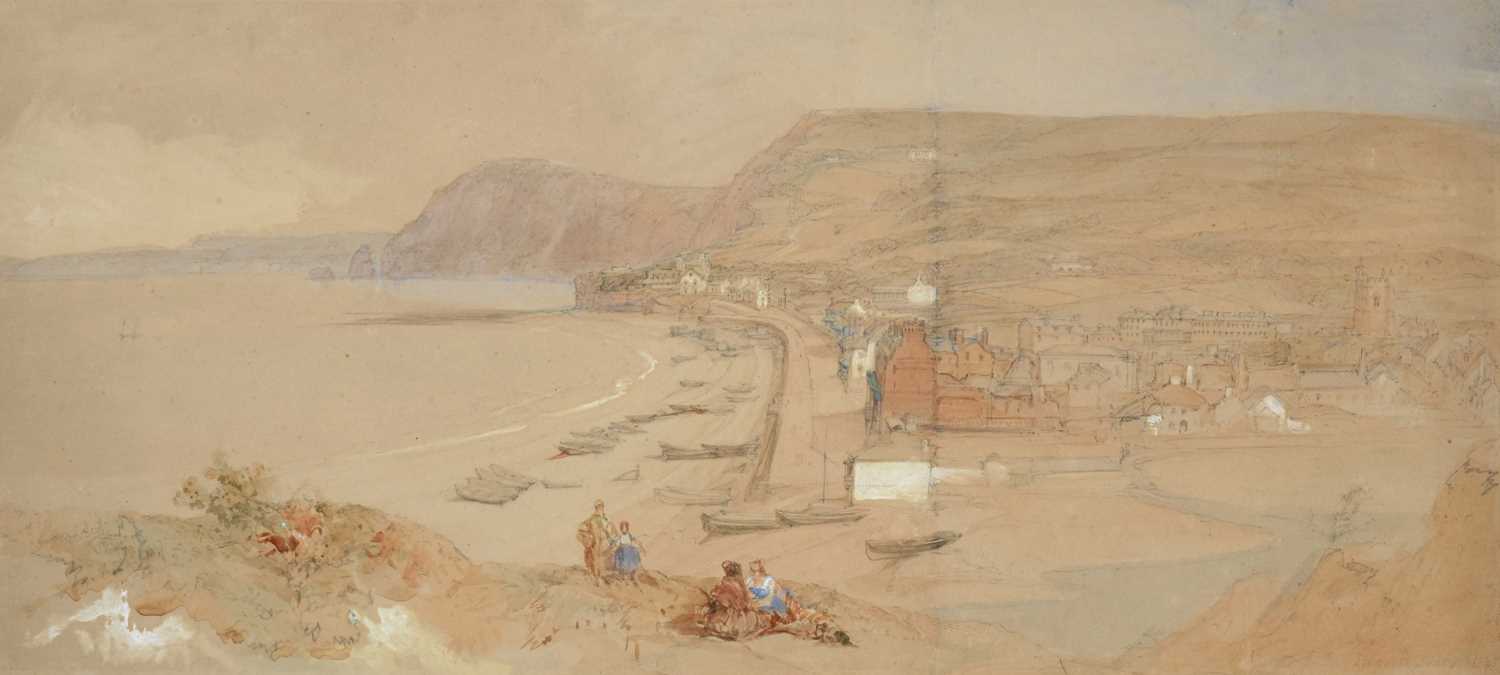
Try LotSearch and its premium features for 7 days - without any costs!
Be notified automatically about new items in upcoming auctions.
Create an alert